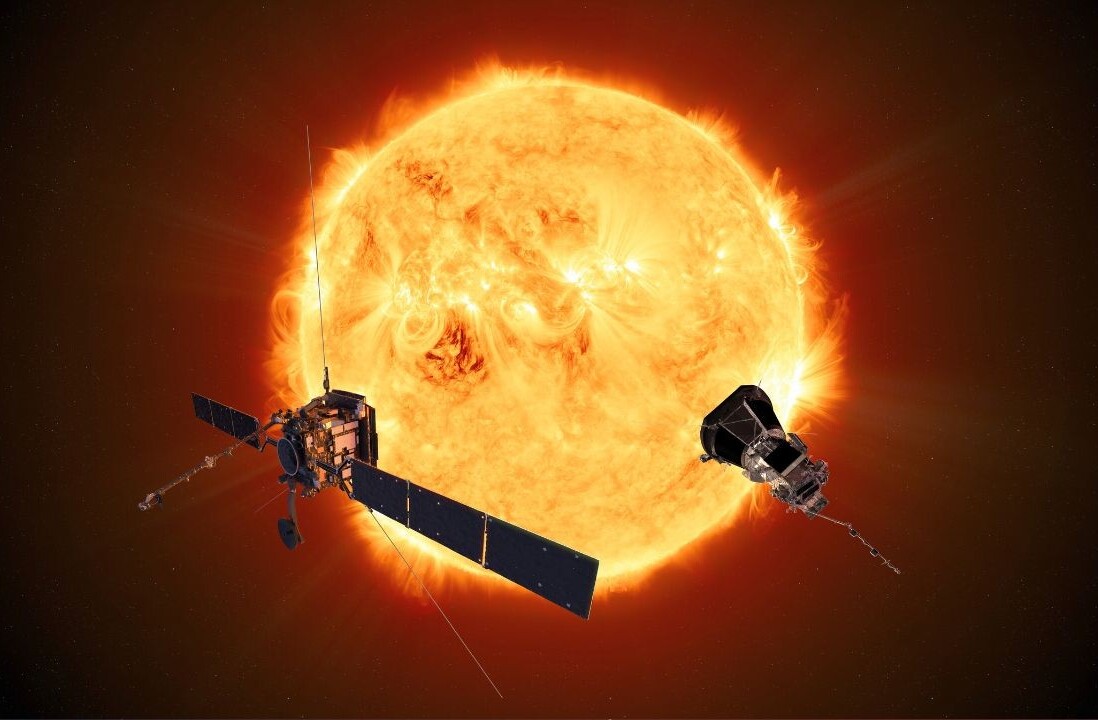On December 19 1972, astronauts Eugene Cernan, Harrison Schmitt, and Ronald Evans splashed down safely in the Pacific Ocean, ending the Apollo 17 lunar mission. They were the last people to travel beyond low-Earth orbit – typically defined as less than 1,000km above the Earth’s surface.
Some 49 years later, we are approaching the launch of NASA’s Artemis 1 lunar mission. Artemis is the latest in a long series of projects over many decades to attempt a human return to the Moon. It’s by far the closest one to being realized, with the earliest launch attempts currently scheduled for March 2022.
Artemis 1 will not carry astronauts, but it will launch the first spacecraft capable of doing so on a return journey to lunar orbit in nearly 50 years. With the ultimate aim to establish a long-term human presence on and around the Moon, Artemis is the first in a series of increasingly complex deep space crewed missions slated for the coming years.
Artemis 1 consists of an Orion spacecraft which will be launched by the new space launch system – currently the world’s most powerful operational rocket. Orion comprises the crew module, a conical capsule which can accommodate up to six astronauts for 21 days in deep space, and the European Service Module, containing Orion’s main rocket engine.
The European Service Module generates electrical power with distinctive “x-wing” solar panels and carries stores of water, breathable air and fuel. It also controls the thermal environment inside the crew module, keeping astronauts, and electrical systems within safe temperature limits.
Two critical challenges
The two most difficult parts of any space mission are launch and landing. Let’s look first at how Artemis 1 will launch.
The space launch system consists of an enormous liquid-fuelled core stage, powered by engines from the Space Shuttle era, and two powerful side-mounted solid-fuelled booster rockets, which together produce nearly nine million pounds of thrust at launch.
Atop the core stage is the interim cryogenic propulsion stage, a smaller liquid-fuelled engine which will push Orion out of Earth orbit and towards the Moon.
The Orion spacecraft is now attached to the space launch system at the Kennedy Space Centre in Florida for a series of pre-launch tests and rehearsals. This includes fuelling the space launch system and practicing rolling all the elements of the rocket out to the launch pad.

Although the space launch system has never been flown before, the Orion spacecraft has been tested in space once. This was also without astronauts, back in 2014. While this test flight traveled beyond low-Earth orbit successfully, it didn’t go all the way to the Moon.
Objects returning to Earth from the Moon are traveling considerably faster when they encounter our atmosphere than objects falling from low-Earth orbit. This generates very hot temperatures. So one key objective for Artemis 1 is to ensure that the thermal protection on Orion can withstand this ferocious heat of reentry into the Earth’s atmosphere.
On returning home, Orion will be traveling at 25,000 mph when it reaches the top of Earth’s atmosphere and must withstand temperatures of 2,760℃. For comparison, a spacecraft returning to Earth from the International Space Station in low-Earth orbit is typically traveling at speeds of 17,000 mph and encounters temperatures of roughly 1,900℃.
What happens after takeoff?
Artemis 1 will launch from the Kennedy Space Centre into Earth orbit, whereupon the core stage of the space launch system will detach, and the interim cryogenic propulsion stage will ignite, sending Orion on its way to the Moon.
After a voyage lasting several days, Artemis 1 will swoop down to just 100km above the lunar surface, fire its onboard engines and enter a distant retrograde orbit around the Moon, which will carry it out to a maximum distance from Earth of some 430,000km. From such a distance the Earth would appear to an astronaut to be about the same size as the nail of your little finger held at arm’s length.
This will be the greatest distance from Earth ever reached by a human-capable spacecraft. The current record holder is the 1970 Apollo 13 mission, which was forced to abort a Moon landing after an explosion in one of the spacecraft’s oxygen tanks.

During this period, engineers will test Orion’s systems – such as its ability to retain air pressure and radiation levels inside the crew capsule. While Artemis 1 is primarily about ascertaining Orion’s viability for future crewed missions, cameras at the ends of the European Service Module solar panels should provide breathtaking images of Orion in space, with the Earth and Moon as a backdrop.
After six days in lunar orbit, Orion will perform several more engine firings and another close lunar flyby, before beginning its voyage home. Exact timings of the flight will depend on when Artemis 1 is launched.
Numerous considerations for launch windows have to be made, such as ensuring that the Earth doesn’t block sunlight from reaching the European Service Module’s solar panels during the flights to and from the Moon and that reentry and splashdown occurs in daylight to aid in recovery of the spacecraft.
It’s anticipated that some 26 days after launch, Orion will detach the European Service Module and then point the flat base of the conical crew compartment, clad in thermal protection, towards Earth for what will hopefully be a safe atmospheric reentry and parachute-assisted splashdown in the Pacific.
Much rides on the success of this mission. All being well, we can hope to see Artemis 2 – with astronauts – take off in the coming years.![]()
Article by Gareth Dorrian, Post Doctoral Research Fellow in Space Science, University of Birmingham and Ian Whittaker, Senior Lecturer in Physics, Nottingham Trent University
This article is republished from The Conversation under a Creative Commons license. Read the original article.
Get the TNW newsletter
Get the most important tech news in your inbox each week.





